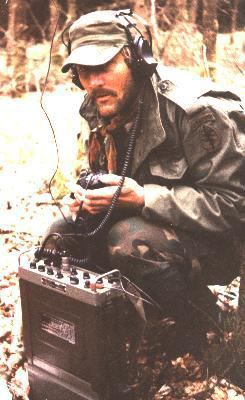 This article deals with another aspect of the communicate portion of the often used term “SHOOT, MOVE, and COMMUNICATE.” While most of us tend to use that term in reference to the three most important requirements while engaged in a fire fight, or as my Team Daddy used to call it “Hookin’ and Jabbin with the bad guys” (he was inclined to sudden, exceptional levels of violence on the personal level), the term has a much broader connotation.
This article deals with another aspect of the communicate portion of the often used term “SHOOT, MOVE, and COMMUNICATE.” While most of us tend to use that term in reference to the three most important requirements while engaged in a fire fight, or as my Team Daddy used to call it “Hookin’ and Jabbin with the bad guys” (he was inclined to sudden, exceptional levels of violence on the personal level), the term has a much broader connotation.
The word “communicate” has relevance in all aspects of planning and execution of tactical operations. You must effectively communicate with all members of your organization while planning and during the execution of an operation. The communication aspect impacts all members of your organization; whether it is the folks manning the base station radio back at home, the Quick Reaction Force (QRF) you’ve established to deal with emergencies both inside and outside of your retreat, the folks manning perimeter positions around your retreat, LP/OP personnel providing early warning outside “the wire” or members of an active R & S (Recon and Surveillance) Patrol that should be constantly working your AO and AI. As an aside; If you don’t know the difference between an AO and AI go over to Guerrilla America.com. Sam has written a good article regarding both.
SOI is the acronym used by the U.S. Army for its code book of communication instructions. I call it a code book because, when developed and used properly, it provides those operating in a tactical environment the ability to communicate in a relatively secure manner. It has the added advantages of decreasing radio on-air time and minimizes most types of communication confusion and errors.
This is the example SOI we will be working with:


